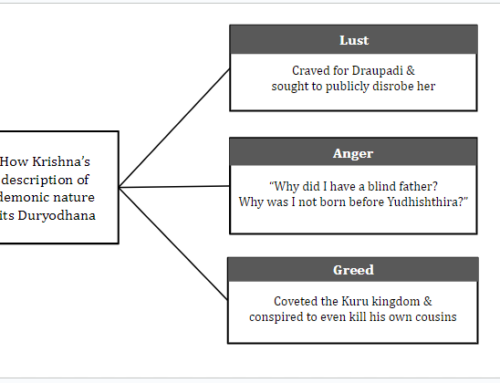Study scripture as a scuba diver not a surface swimmer
When we swim in the ocean on its surface, we may find its vastness exciting. But if we want to find pearls, we need to dive deep inside it, as do scuba divers.
The Bhagavad-gita is an ocean of wisdom that has inspired millions for millennia.
When we study the Gita, we may do so as a surface swimmer or as a scuba diver. To study it as a surface swimmer means to read it merely to get an informational understanding of its message. Such an approach may give us intellectual titillation or social recognition, but no spiritual transformation. Why not? Because the Gita is a book to be applied – as is stressed both by its content and context. The Gita (16.24) urges us to mold our life according to its teachings. And the Gita’s original student, Arjuna, applied its message wholeheartedly (18.73).
How can we study the Gita as a scuba diver? By striving to apply it, with guidance from its great commentaries. These commentators are like champion scuba divers. By their reflection, they go deeper and deeper into the Gita, into its each verse and even into its each word. By such immersion, they discover newer and newer levels and layers of meaning. And by their writing and speaking, they bring those insights to the surface for us to behold and hold.
To become scuba divers, we need to undertake a guided and applied study of the Gita, thereby appreciating how it speaks to us. We start realizing our spiritual identity and relishing our connection with the supreme spiritual reality: the all-attractive supreme, Krishna. Gradually, we gain the priceless, peerless, timeless jewel of ecstatic devotional absorption in our Lord.
Thus, when we dive deep into the Gita, we relish the supreme enrichment of pure love for Krishna.
Think it over:
- What does studying the Gita as a surface swimmer mean?
- How are the Gita’s commentators like scuba divers?
- How can we go deep into the Gita?
To know more about this verse, please click on the image
Explanation of article:
https://youtu.be/6ZOMaQC6UIY
Podcast:



Leave A Comment